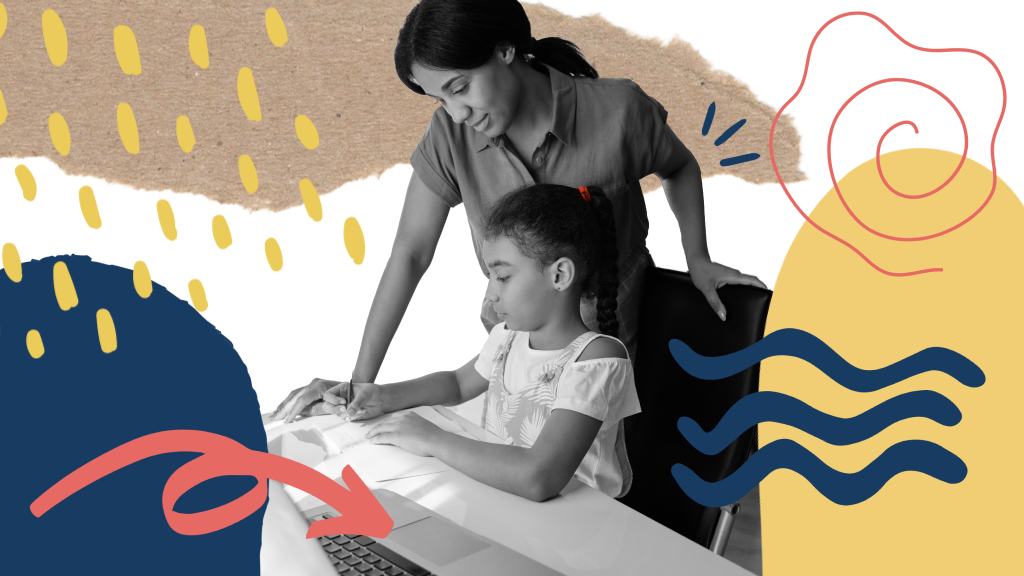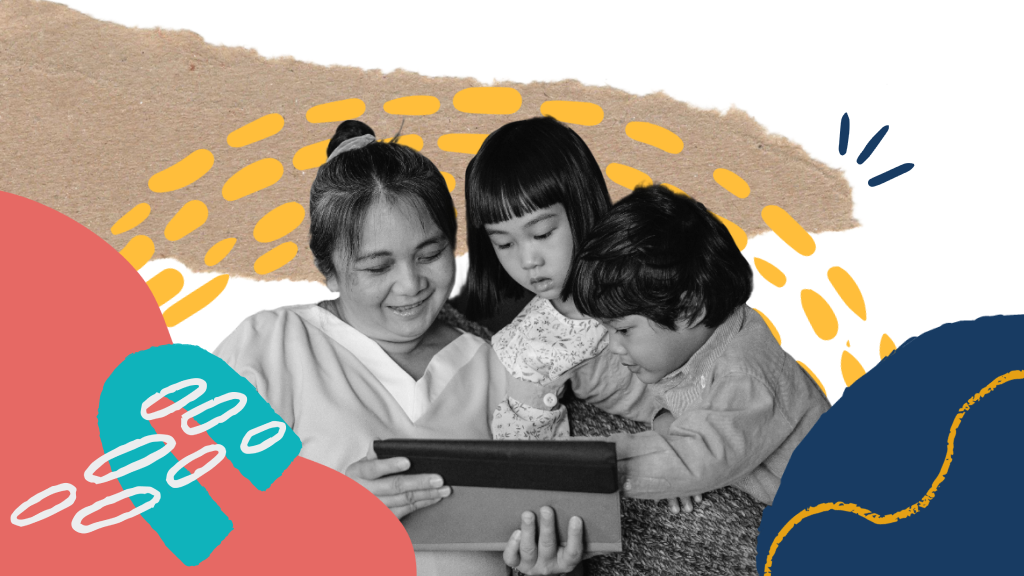What is Culturally Responsive Social Emotional Learning and Why It is Important
11 Oct 2022

We live in an ever-diversifying world where educators and schools constantly struggle to fulfill their dual responsibility—to help students succeed academically while equipping them with the skills and attributes they need to thrive in life. Teachers must account for differing backgrounds, beliefs, and capabilities to create an equal footing for all students to succeed.
This is where social-emotional learning (SEL) comes in. The SEL concept aims to help students acquire the skills, competencies, and attitudes that will help them do well in and out of school and successfully navigate the world. It enables them to become more self-aware and helps them develop and maintain positive relationships with others.
SEL has been around for some time, but its need in the education sector has never been more pressing. Not only do 82% of educators agree that a well-designed, fully integrated SEL approach significantly impacts desired outcomes, but 56% believe that SEL resources will be more critical post-pandemic.

But there are some challenges. One of the biggest ones is that while many teachers acknowledge that SEL is a key part of their practice, not all of them look at the cultural responsiveness aspect.
There is often a limited understanding of how social-emotional learning and culturally responsive teaching work together. Below, we dispel any misconceptions around culturally responsive social-emotional learning and establish why it’s not only good, but also necessary.
The Limitations of SEL Without the Cultural Connection
Social-emotional learning can be broken down into five core skills—self-management, self-awareness, responsible decision-making, relationship skills, and social awareness. The aim is to use these skills to empower students and advance educational equity, but it’s challenging, if not impossible, to make the most of SEL without looking at it through a cultural lens.
For example, a big part of SEL involves developing students’ stress management and resilience. However, the factors that contribute to stress and other, more severe health problems, are both internal and external, and they differ according to individuals.
Overlooking external factors such as the impact of cultural oppressions and socio-political imbalances on different students restricts the solutions and resources you make available to them when managing stress. Similarly, teaching students about living with diversity in school, work, or social environments is simply impossible without a culturally responsive foundation.
Today’s classroom comprises students from diverse backgrounds who bring unique experiences and identities. Let’s look at some statistics. In 2000, 38% of students enrolled in public schools were people of color. This number grew to over 50% by 2017, and it’s expected to continue rising steadily.

Creating engaging, impactful, and equitable learning experiences requires learning more about students’ different personal and cultural needs, hence the need for SEL practices that are undertaken in culturally responsive ways.
What ‘Culturally Responsive’ Means
Put simply, culturally responsive teaching involves learning, understanding, and identifying with a student’s background, values, beliefs, and home culture to better educate them. It focuses on affirming students’ cultural identities and drawing on their lived experiences to support their learning and sense of self.
Culturally responsive teaching is a crucial component of SEL instruction because it allows educators to build students’ knowledge, skills, and competencies based on their cultures and identities. Cultural responsiveness essentially ensures that students can receive the full benefits of SEL.
Consider the following. While conventional SEL may teach general self- and social awareness, culturally relevant SEL emphasizes understanding different cultures and advocating for the equitable treatment of oppressed groups.
For example, as a teacher, you can provide a wide range of literature and source material choices that reflect diverse authors and cultural experiences. This way, you create room for meaningful conversations that build on students’ cultural identities and personal experiences. Such conversations will not only help with student engagement, but they may also boost comprehension and retention.
It’s imperative that, as an educator, you make cultural consciousness and responsiveness a core component of your SEL instruction. But first, you must understand the process underpinning culturally responsive and sustaining SEL instruction.
The Three Processes in Cultural Responsiveness
The process of incorporating cultural responsiveness into social-emotional learning can be broken down into three steps:

Step 1: Create Culturally Proficient SEL Instruction
Making SEL culturally responsive requires developing bias-free learning experiences that respect students’ diverse backgrounds, identities, strengths, and challenges.
In other words, you must create student-centered instructional experiences within the context of culture, i.e., looking at how each student’s culture can be learned and valued. Proactively planning learning instruction this way creates effective learning opportunities and increases the accessibility of equitable education.
Step 2: Ensure Your SEL Instruction is Not Only Culturally Responsive, but Sustaining As Well
Culturally responsive social-emotional learning actively draws on and supports students’ diverse backgrounds and identities. Put another way, culturally responsive SEL is responsive and sustaining.
This means that when creating SEL instruction that’s culturally relevant, you look at how students’ backgrounds, identities, strengths, and challenges are interwoven with efforts that seek to address systemic inequities and advance equity goals, including racial equity goals.
Creating culturally responsive and sustaining SEL instruction requires flexibility and a desire to learn. A one-size-fits-all approach won’t work.
Step 3: Make SEL Resources Easily Accessible
It’s essential that all students have full and equal access to SEL frameworks, lessons, and activities. Not having access to resources can negatively impact the students’ ability to reap the full benefits of SEL instruction.
Once you understand the process, it’s time to start making your SEL more culturally responsive. Here’s how to go about it.
How to Start Making SEL More Culturally Responsive
Effectively developing and integrating SEL involves continuous strategizing, implementation, evaluation, and improvement. That said, you have to start somewhere. The following three introductory steps can help you and your school start creating SEL strategies that are culturally sound:

Introduce a Framework for Recognizing Cultural Forces
The first step to creating cultural responsiveness in SEL is to give students a framework that allows them to articulate the various cultural forces surrounding them. These can include language, interactions, and the environments they contend with daily.
For example, you may need a framework to help students empathize with others. The framework can include questions that help students define emotional intelligence and get them thinking about how their actions impact others. Then, when the students have gone over the framework, you can use dialogue to help them through the steps that help them apply any new skills.
You could also create a framework for recognizing and labeling oppression. The framework can help students distinguish between interpersonal and institutional oppression, for example. Afterward, you can encourage them to identify the different types of oppression in the literature, history, and other subjects they study, as well as in their communities.
Look to Create Real-World Change
Students need to apply their newfound SEL learnings to real-world problems.
For instance, you can have students role-play troubling situations that show up in the classroom, for example, bullying. Such a strategy helps students develop perspective-taking skills and empathy.
Likewise, you can have your students write to actual government leaders on a specific issue, say systemic racism, at the end of a unit on equity and inclusion. By doing this, students get to apply their lessons to ongoing situations, making it easier for them to retain the information and continue applying it to real-world scenarios.
Equip Students to Respond to Injustice
Finally, students should be encouraged and supported, both emotionally and practically, to identify and challenge forces of injustice, inequity, and oppression in their own environments.
As an educator, you should let students know that no institution is beyond question, from the classroom to the school to the district to the broader society. You must equip them to identify injustice when it occurs, plus they should also be able to break down the problem and present an effective and culturally conscious solution.
Responding to injustice helps students make meaningful change that improves society. In addition, it allows them to improve their decision-making and relationship-building capabilities—two skills that are invaluable for promoting success in life.
Merging SEL and Culturally Responsive Teaching for Effective Learning
Engaging students in learning that simultaneously fosters their social-emotional learning and cultural awareness empowers them to thrive and make a positive change in the world. It also contributes to a school climate where students, educators, and other school stakeholders feel supported and engaged.
By building culturally responsive and sustaining SEL practices and programs, your school can create an environment that elevates every part of students’ educational experiences, promoting positive emotional, social, and academic outcomes.
Need help creating instruction that integrates social-emotional learning and culturally responsive teaching? Lessonbee can help.
We offer a wide range of learning modules and resources that help educators take their SEL-related instruction to the next level and connect better with students. Sign up for free today.






